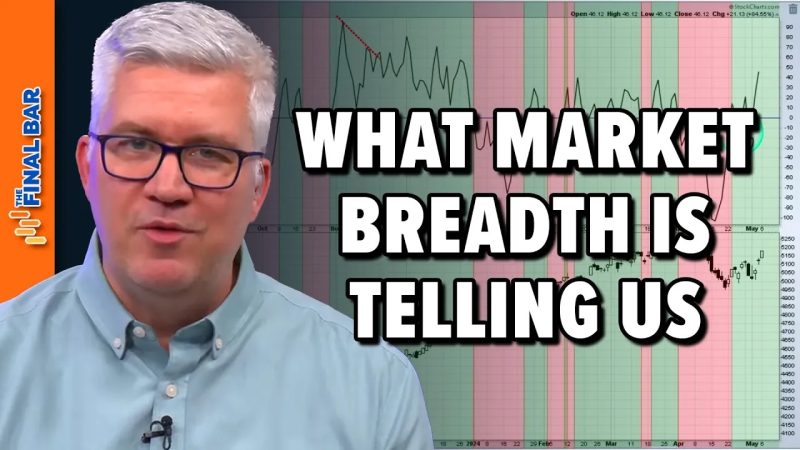The Market Breadth Indicator You Should Be Following
Understanding the market and its dynamics is crucial for successful investing. While many investors focus on traditional metrics like price movements and technical indicators, there is another essential aspect of market analysis that often goes overlooked – market breadth indicators.
Market breadth refers to the general direction and momentum of a large group of securities within the market. It helps investors assess the overall health and strength of the market beyond just individual stock movements. One market breadth indicator that investors should pay attention to is the Advance-Decline Line (ADL).
The Advance-Decline Line is a breadth indicator that measures the number of advancing stocks versus declining ones. It provides valuable insights into market sentiment and the breadth of participation in a market rally or decline. By plotting the difference between advancing and declining stocks over a period of time, investors can identify trends and potential market turning points.
One of the key advantages of using the Advance-Decline Line is its ability to confirm or diverge from price movements. When the ADL is in sync with the market’s price action, it signals a healthy and sustainable trend. However, if the ADL fails to confirm new highs in the market, it could indicate underlying weakness and the potential for a reversal.
Moreover, the Advance-Decline Line can help investors spot divergences that may not be apparent when focusing solely on individual stock movements. For example, if the market is making new highs but the ADL is trending downwards, it could be a warning sign of a market top.
Interpreting the Advance-Decline Line requires a combination of technical analysis skills and market understanding. Investors should look for clear trends in the ADL, potential divergences with the market, and the magnitude of its movements to gauge market breadth accurately.
In conclusion, while traditional market indicators are valuable, incorporating market breadth indicators like the Advance-Decline Line can provide a more comprehensive view of the market’s health and momentum. By monitoring the ADL and understanding its implications, investors can make more informed decisions and potentially improve their investment outcomes in both bullish and bearish market conditions.




























